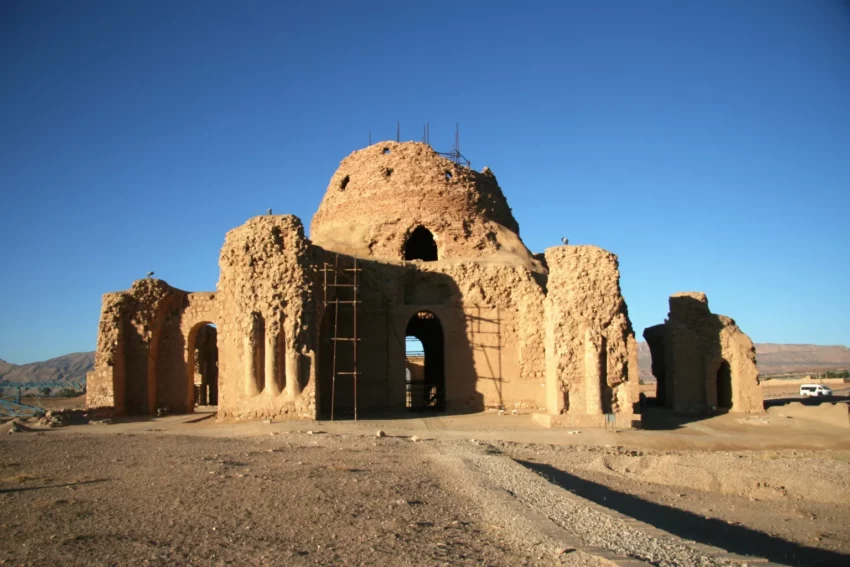Unveiling the Sassanid Palace of Sarvestan: A Journey Through History
Located in the Iranian city of Sarvestan, about 90 kilometers southeast of Shiraz, lies the Sassanid Palace of Sarvestan, also known as “Kakh-e Sassani-ye Sarvestan” in Persian. This captivating 5th-century structure offers a glimpse into the architectural brilliance and historical legacy of the Sasanian Empire.
Get your dose of History via Email
A Shrouded Purpose: Unveiling the History of the Palace
Built by Sassanid king Bahramgur, who ruled from 420 to 438 AD, the Sarvestan Palace stands majestically on a vast, empty plain. Despite its designation as a “palace,” its true function remains a topic of debate among historians. Theories range from a governor’s residence or a Zoroastrian fire temple to a hunting lodge or even a sacred sanctuary. Adding to the intrigue is the presence of a small, enigmatic building located north of the palace, hinting at a yet-to-be-uncovered purpose for this complex.
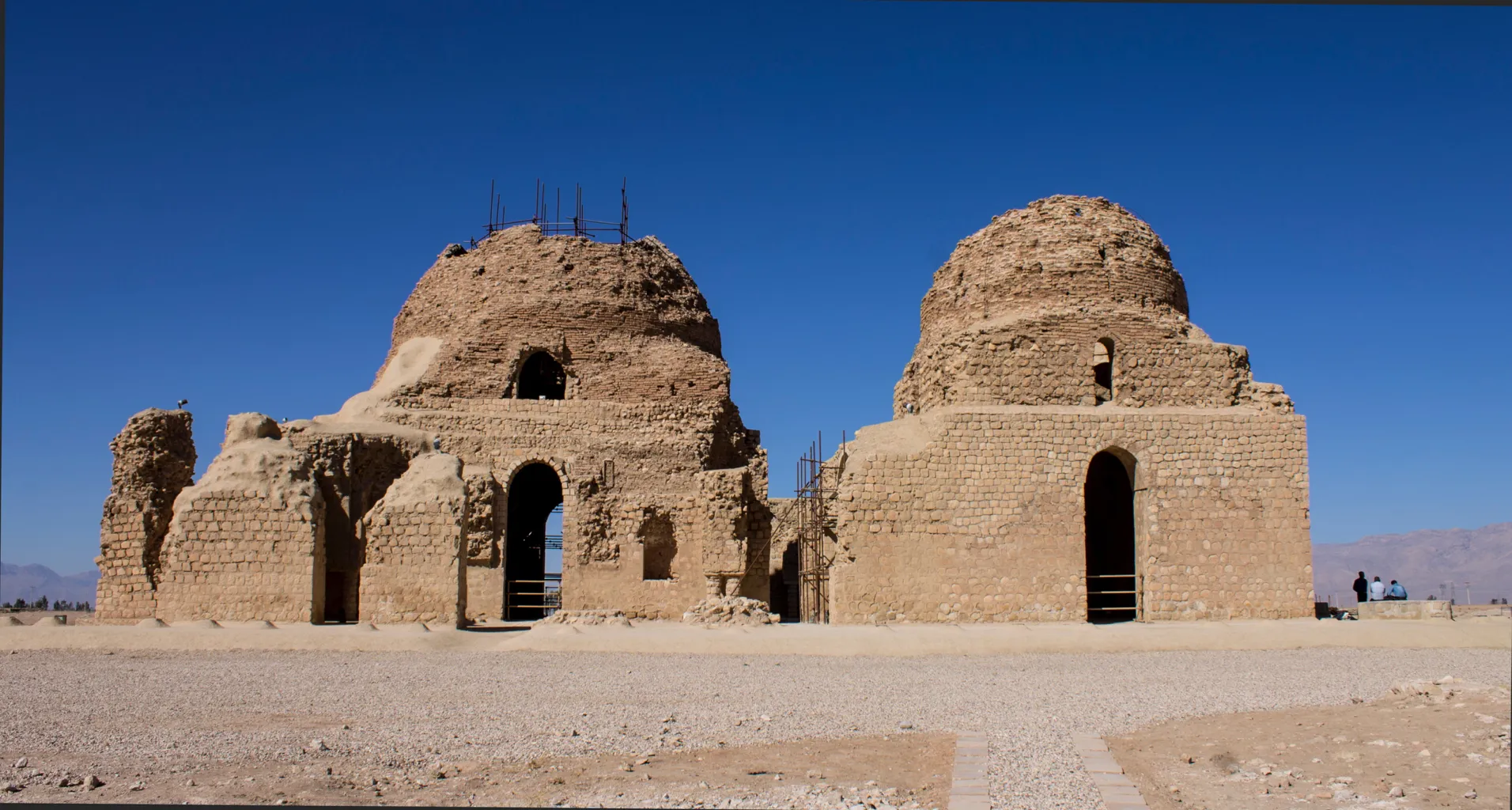
Architectural Marvel: Exploring the Palace’s Design
Visitors approaching the palace from the south are greeted by the sight of three impressive iwans – large, rectangular halls with vaulted ceilings. Passing through the central iwan leads to a grand, square hall capped by a magnificent dome constructed from baked brick. Beyond this hall lies a rectangular courtyard, surrounded by what were likely living quarters. This layout bears a resemblance to other Sasanian Empire architectural marvels like the Palace of Ardashir and Ghal’eh Dokhtar, both located near Firuzabad. However, unlike those structures, the open design of the Sarvestan Palace on all sides creates a unique and captivating architectural style.
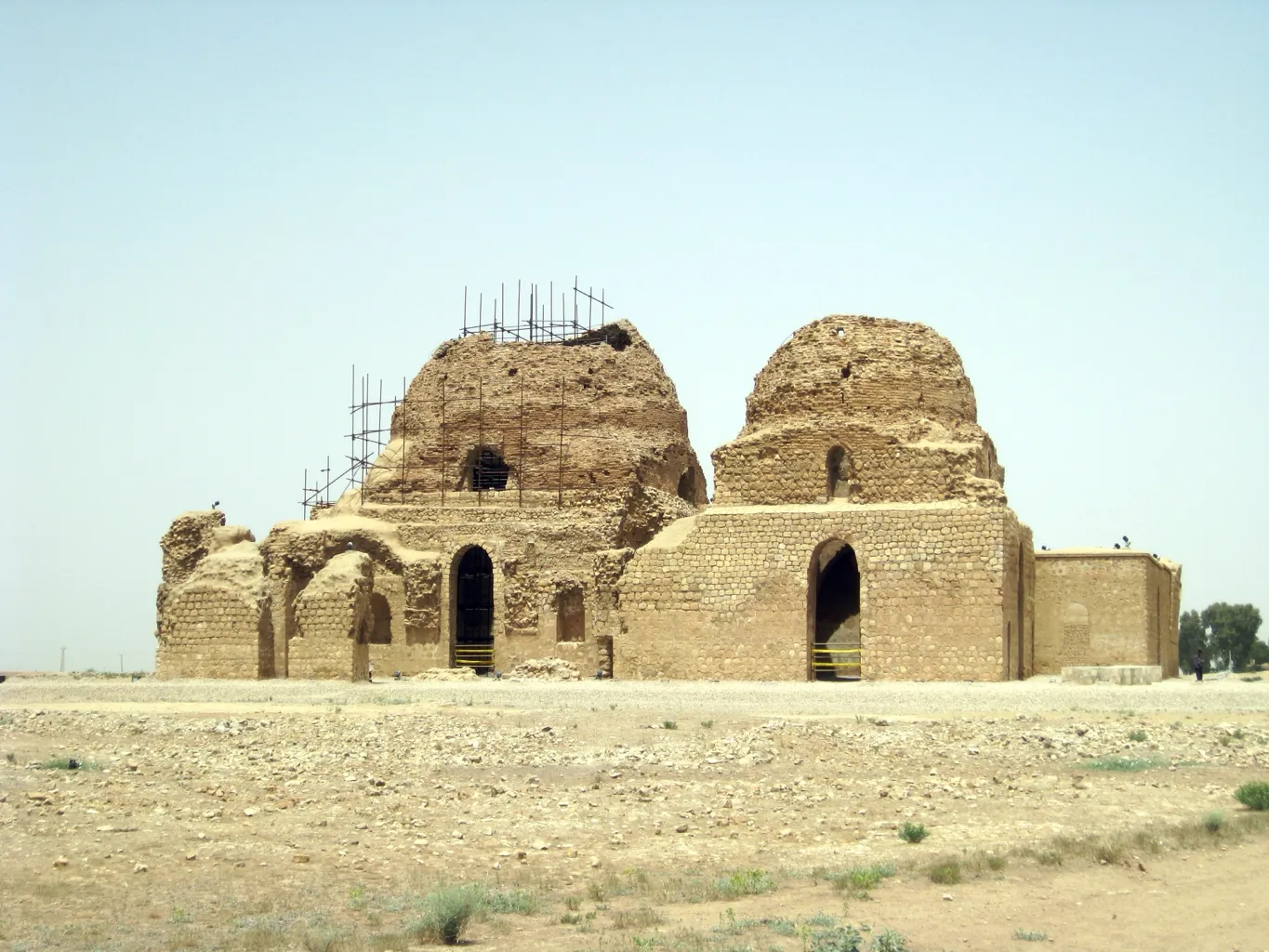
A Legacy in Stone and Mortar: Construction and Design Secrets
Constructed from sturdy stone and mortar, the palace boasts exquisite decorative elements, some of which have remarkably withstood the passage of time. The main façade stretches an impressive 40 meters, with a depth of 43.5 meters. The strategic use of brick and mortar, combined with the elegant arches and domes, serves as a testament to the advanced architectural techniques employed during the Sassanid period. The southern side of the building features a central veranda flanked by two smaller ones, all leading to the main hall and four courtyards.
A Design Full of Intrigue: Unveiling the Palace’s Secrets
One of the most striking aspects of the Sarvestan Palace is its open design, allowing for panoramic views and access from all sides. The northern veranda connects to the palace’s exterior via several steps, while the expansive eastern veranda grants access to the central hall and other sections. Narrow rooms with intriguing swing arches line both sides of the building, showcasing the builders’ mastery of architectural techniques.
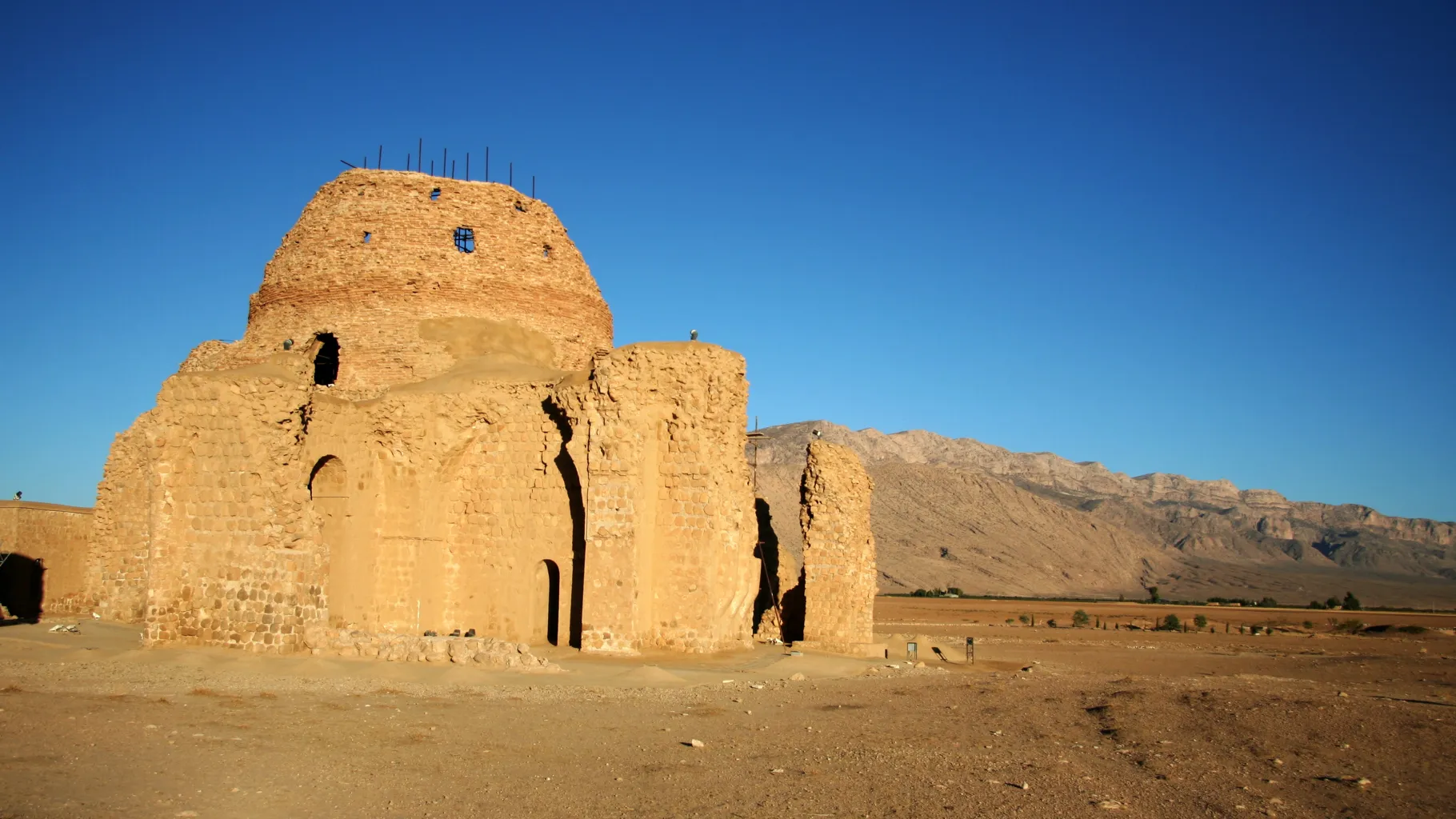
Mysteries Yet to be Unraveled: The Palace’s Enduring Enigma
The exact purpose of the palace continues to spark lively debate amongst historians. Its construction during the late Sasanian period suggests it might have been part of a larger architectural evolution, potentially marking an early step towards a style more commonly associated with much later periods, like Gothic architecture. The uneven terrain surrounding the palace also hints at the possibility of an even grander structure existing at the site before the current palace was built. However, more evidence is needed to substantiate this theory.
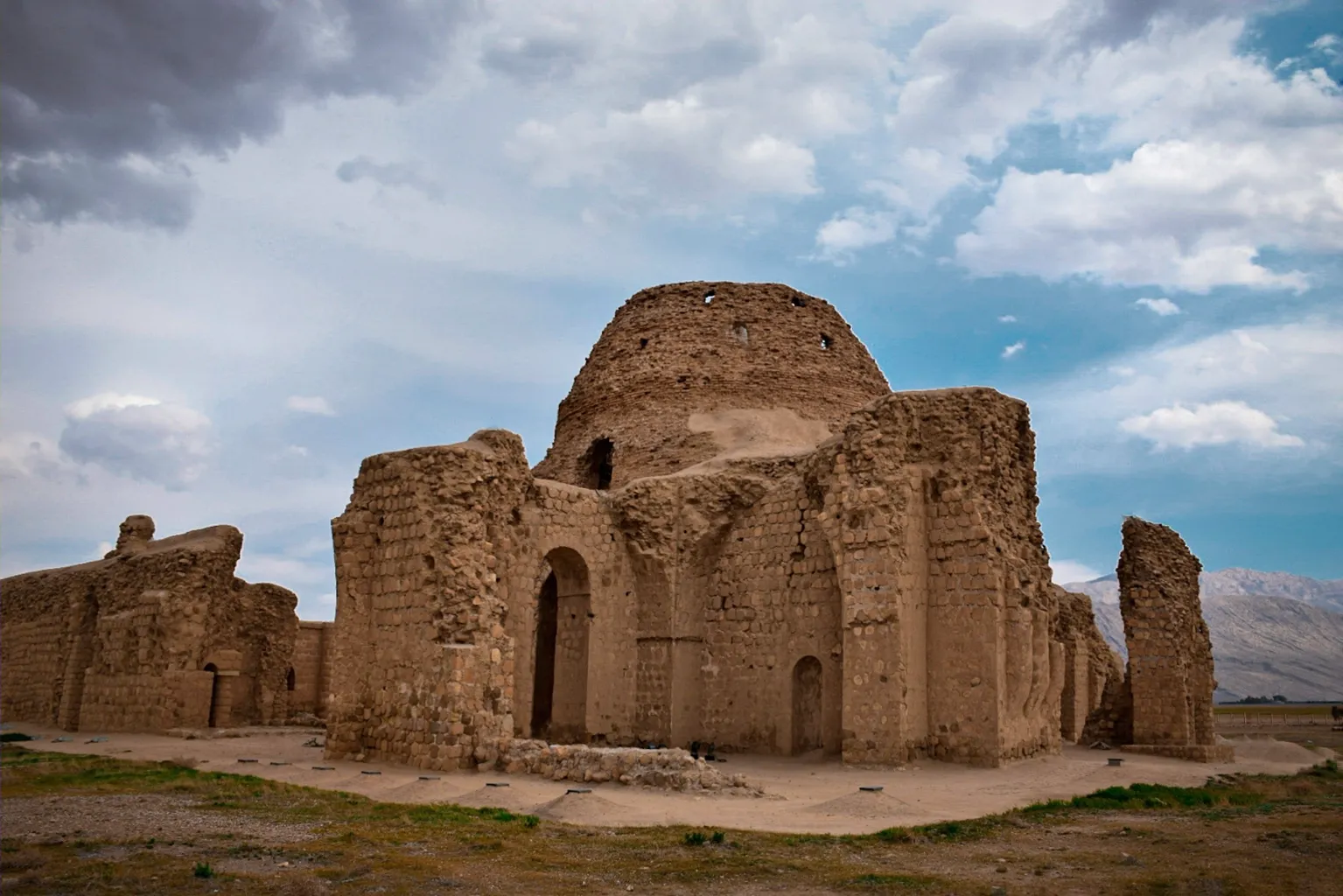
A Legacy in Stone: The Enduring Presence of the Sassanid Palace
The Sassanid Palace of Sarvestan stands as a powerful testament to the ingenuity and architectural sophistication of the Sassanid Empire. Whether it served as a royal residence, a religious temple, or a luxurious hunting lodge, the palace continues to capture the imagination of visitors and scholars alike. Exploring this ancient site offers a captivating window into a bygone era, where the grandeur of Sassanid architecture still echoes through the palace’s enduring walls and arches.
Sources:

